Skip to product grid
-
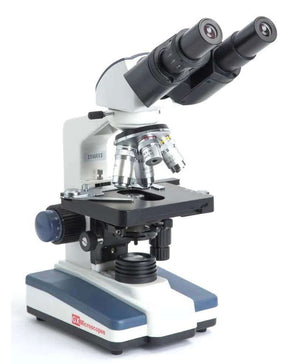
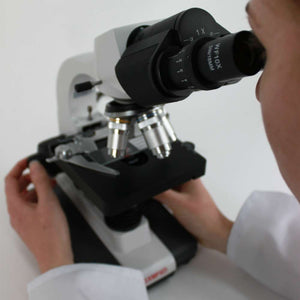
GX Microscopes UltraBIO-3 Biological Microscope Routine Grade 40X-1000X
Regular price From £356.68Regular price -
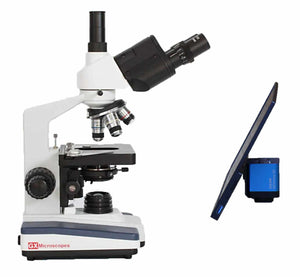
UltraBIO-3-DIGI Digital Biological Microscope With Display Screen
Regular price £939.05Regular price -
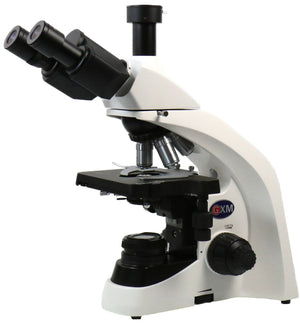
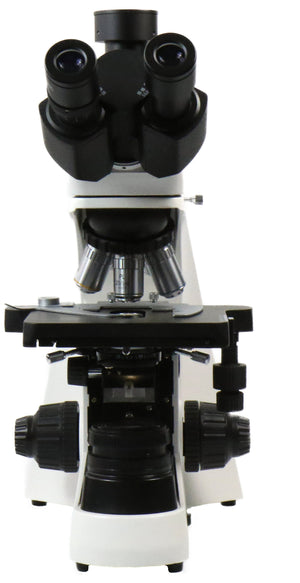
ultraBIO-5 Trinocular Biological Microscope. Plan Infinity Optics and LED Illumination
Regular price From £913.00Regular price -
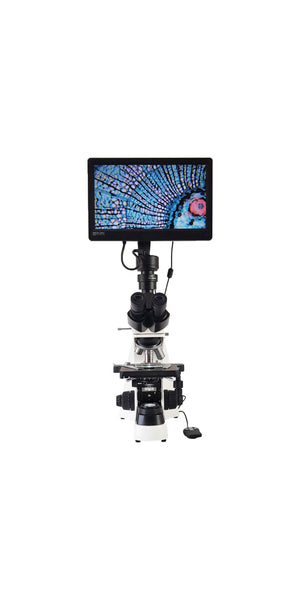
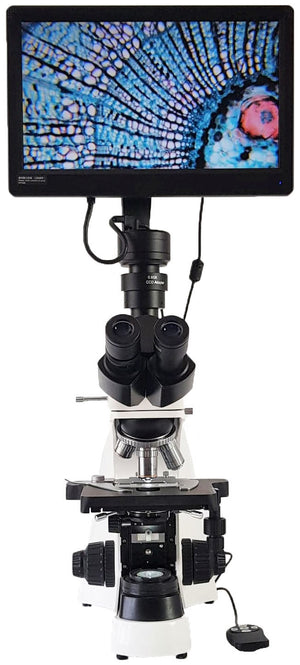
GX Microscopes UltraBIO-5-DIGI Digital Biological Microscope With Display Screen
Regular price £1,798.00Regular price -


Leica DM500 Biological Microscope 40X-1000X- see below for options
Regular price From £1,023.64Regular price -

Leica DM500 Binocular Phase Contrast Biological Microscope 100X-1000X
Regular price £2,354.84Regular price









